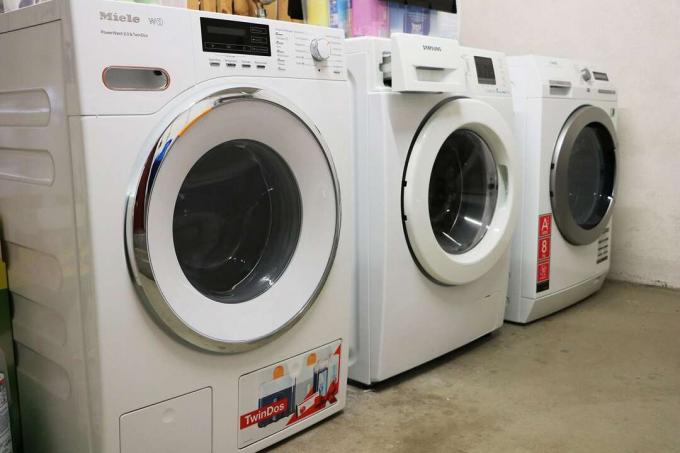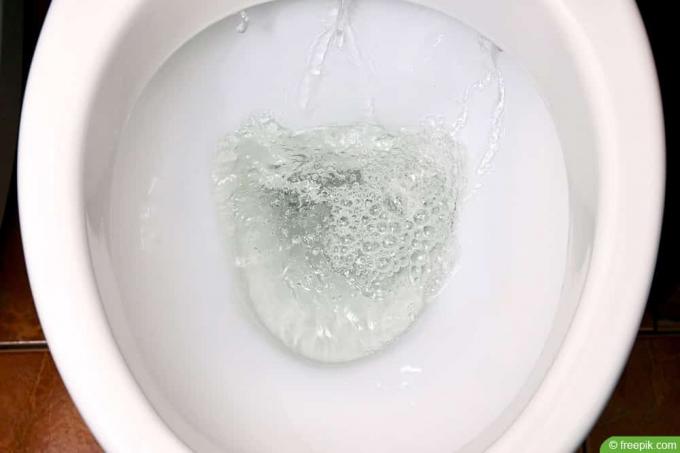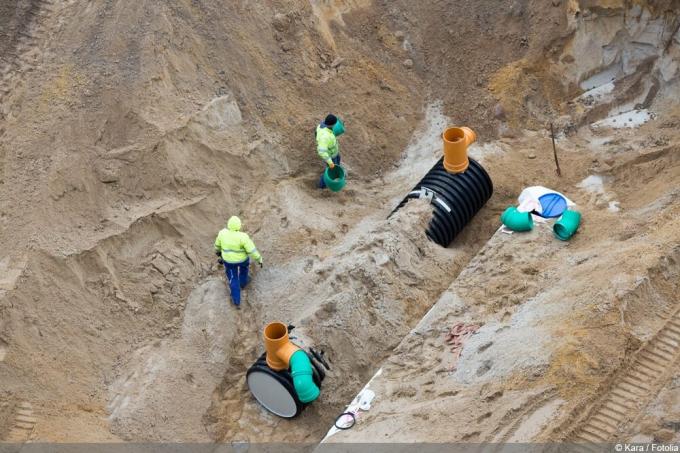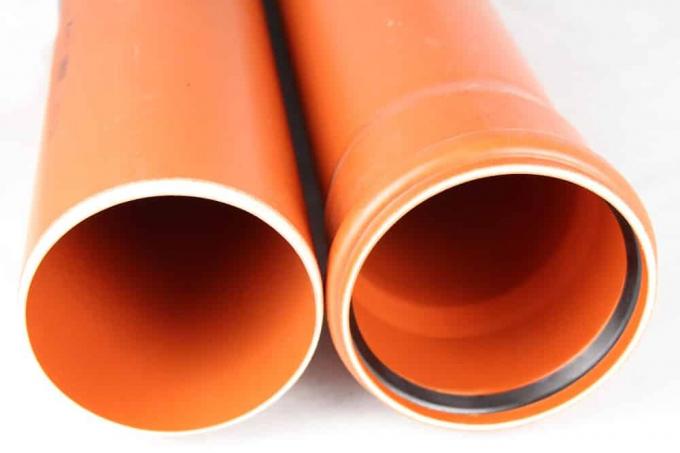

Table of contents
- function and properties
- Washed or unwashed?
- grain size and soil type
- Frost resistant
- price comparison
- selection and deployment
Drainage gravel is often used as a splash guard on paths. Because this is cheap, easy to apply and is a simple way to protect house walls and keep the basement dry. When choosing the type of gravel and the grain size, however, there are a number of factors to consider. Interested do-it-yourselfers can find out here which ones they are.
function and properties
The function of the drainage gravel is to allow water to seep away as evenly as possible. In addition, the gravel gives the water time to be absorbed into the ground - while at the same time serving as a splash guard. The gravel layer is therefore used on the one hand for drainage and for the water to run off and on the other hand to protect house walls.
It can therefore also be used, for example, as a so-called ring drainage. Here, a gravel ring is placed around the house, which allows water to be drained off better and it flows For example, prevent moisture and liquid from getting into the basement or the walls of the house penetration.
Washed or unwashed?
Drainage gravel is offered washed and unwashed. If possible, the washed version should be chosen, because this will not clog up when it comes into contact with water and can therefore drain the liquid better.
grain size and soil type
The drainage gravel is offered in different grain sizes. Available in stores include:
- 0 to 2 millimeters
- 2 to 8 millimeters
- 8 to 16 millimeters
- 16 to 32 millimeters
Mixtures of grain sizes are also possible, with 8 to 32 or 8/32 millimeters being common, among other things. These differences in size are not only noticeable in the purchase price. The grain size also has an influence on the seepage behavior and should therefore be selected to match the respective soil type. In general, the heavier and denser the soil, the larger the gravel should be. For a loamy or clay soil, 16 to 32 or 8 to 32 millimeters should be chosen. Smaller grits are sufficient for loose, sandy soils.
Frost resistant
Not every trade offers types of gravel that are specially designed for drainage. When choosing, however, care should be taken to ensure that the type of gravel corresponds to the necessary grain size and is frost-resistant. This does not automatically apply to all types of gravel. If you are unsure, you should ask specific questions before you buy. Typically suitable varieties include:
- river gravel
- empty gravel
- antifreeze gravel
price comparison

Drainage gravel is priced either by volume or by weight. Between 30 and 40 euros must be calculated for one cubic meter. For 25 kilograms, the costs can range between 3 and 9 euros. Due to the sometimes very different costs, prices should be compared before buying, as there is great savings potential here. In this price comparison, the following points should be considered:
- Is the bulk material washed or unwashed?
- volume or weight are given
- what is the grain size
The costs are only directly comparable if the products are variants with the same properties. When it comes to prices, the costs for delivery or transport should also be compared. Depending on the dealer, these can also be very different.
selection and deployment
Selecting and creating gravel paths does not require much effort. Only the following points must be observed:
- Select gravel grain to match the soil. A coarse grain size should be selected for heavy soils. In the case of more absorbent, loose soils, the grain size may be smaller.
- Washed types of gravel do not tend to clog and drain water better. If unwashed gravel is chosen, it should be rinsed thoroughly before application. It should be noted that the water consumption - especially on longer and wider paths - can be very high. It is therefore usually cheaper to choose directly washed gravel.
- A barrier should be installed to ensure that the bulk material stays on the path. Lawn edging stones are ideal. Alternatively, a deepening can also be created. The edges should be slightly compressed so that the water cannot escape to the side either.
- The bulk material is spread out in the designated area and distributed evenly here with a rake. However, it should not be compacted as this can impair the drainage function.
 Home editorial office
Home editorial office
Learn more about wastewater / sewage treatment plants

Washing machine drain adapter: which one fits?
Connecting a washing machine is usually easy. However, due to structural features or if the device is to be located at a different location, an extension or an adapter may be required. Here you can find out what to look out for.

Toilet: too little water in the toilet cistern | What to do?
It is not uncommon for there to be too little water in the toilet cistern to flush. The causes of this problem are varied and can appear suddenly. There are suitable solutions with which the cistern again supplies the necessary amount of water.

Soakaway packing – Lay drainage correctly in 6 steps
Large amounts of water are often a significant problem for house and garden owners. The garden becomes waterlogged, the lawn and plants wither. Damp and moldy walls even endanger your own health. Homeowners can find out here how professionally installed drainage can help.

Laying and connecting KG pipes: instructions | sewage pipe in the ground
If you want to lay sewage pipes yourself, you don't need a lot of experience - but the right instructions. Because although the introduction of the sewage pipe is comparatively easy, a number of factors and requirements must be taken into account.

Build a septic tank yourself What else is allowed?
Building a septic tank to collect rainwater and waste water yourself can save money and is a sensible solution when there is no connection to the sewage system. But what is allowed, what is forbidden and what needs to be considered when mooring?

Revision shaft for waste water - which material is suitable?
When a house is built, the question of the sewage system also arises here. Depending on the municipality, an inspection shaft is also required here. But as a layman, the question often arises as to which material is better suited for such a shaft, concrete or plastic.



